History | Anecdote
Why is Haiti so poor? – Thoughts of a volunteer devoted to medical missions
By Steven Shu on 2019-05-03
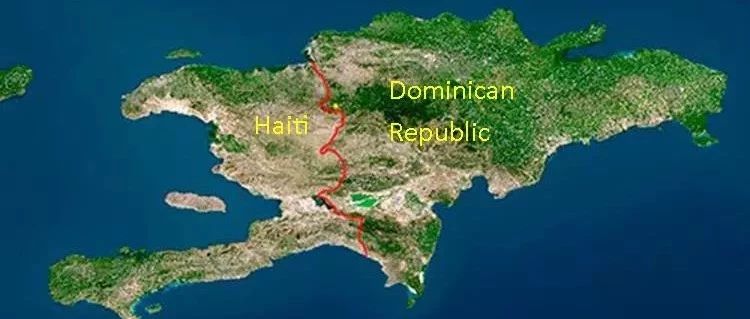
Facts and statistics tell us this: Haiti is the poorest country in the Western Hemisphere, with a GDP per capita of US$729 in 2016, which is one-ninth of that of the not-rich neighboring Dominican Republic. When I followed Dr. Doug Stein to a Haiti medical mission five years ago, when I first set foot on this land, I was shocked and confused by its poverty and backwardness. I clearly remember my sad mood when I saw Haiti with my own eyes.
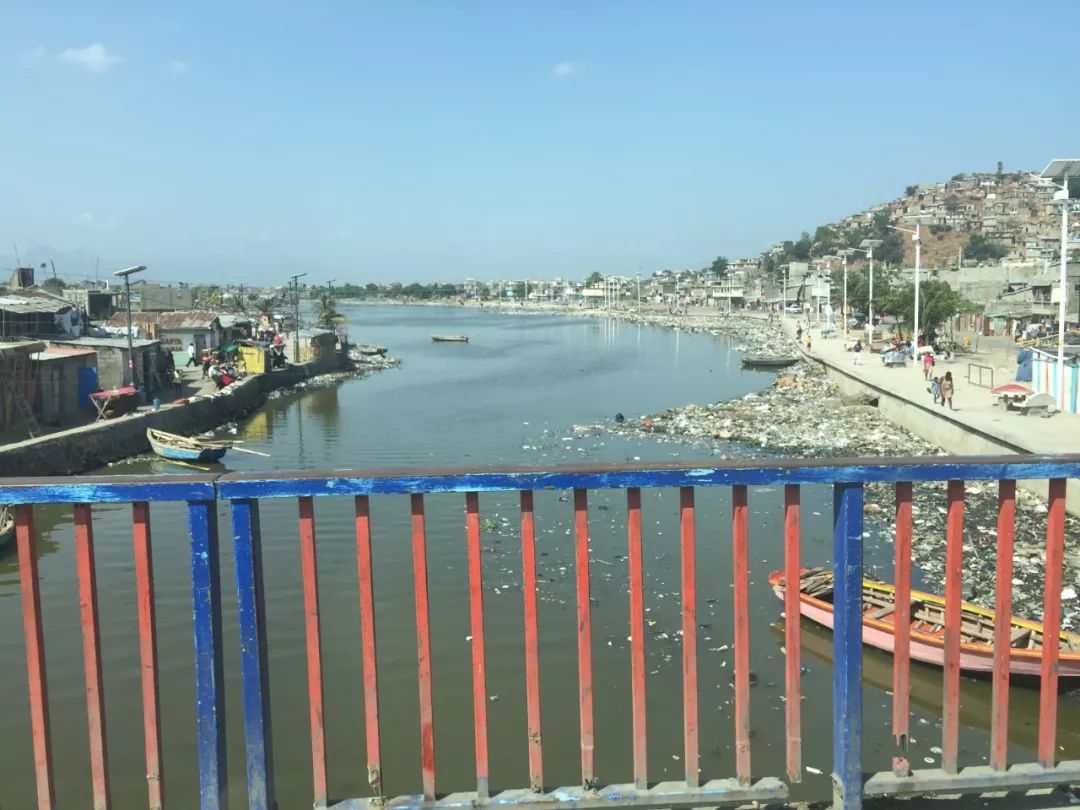
When the plane slowly landed in Haiti, we saw a clear picture of Haiti that was severely damaged by the earthquake, partially repaired, but never truly recovered. It is impoverished and almost withered. After leaving the rudimentary airport we traveled on a damp, muddy, and bumpy dirt road. The roadside is full of rubbish, and there are rudimentary dirt houses everywhere. There is an unpleasant smell of burnt plastic in the sultry air. The streets are full of wandering, tired people. I felt sad in my heart and tears rolled in my eyes. I doubted that they lived on the same earth with us. Such a huge difference.

By the end of this year, it will be my 14th visit to Haiti. For five years, I have been thinking about this question: Why is Haiti so poor? I think many people who care about Haiti must have thought about this issue. Among Chinese American physicians, I often hear individual doctors desperately saying that the countries in Haiti and Africa are not worthy of our help. They think that people in these places are lazy, and their culture and ethnicity are inferior. I think it is necessary for more Chinese Americans to understand the history, culture and painful reality of Haiti. I also hope that more Chinese Americans will support and participate in our international medical missions. Just like China more than a hundred years ago, many missionaries introduced China’s suffering to the West, attracting more medical missionaries to help China establish and develop modern Chinese medicine.
The reasons for the overall poverty of this country are complex and multifaceted. Living in this poor country, the Haitian people have had unimaginable long-term sufferings that no one, if any, in any other country has experienced. We don’t know how many of these are natural disasters, how many of these are man-made disasters and how many are from oppression and exploitation by colonists, and how many are caused by the bad habits or culture of the Haitians themselves.
The purpose of writing this article is to try to analyze the underlying historical causes of poverty in Haiti in order to understand the current situation in Haiti (maybe you don’t agree with it). Just like a doctor treating a patient, he must first make a clear diagnosis, because only in this way can the treatment be effective.
Let me first take time to review its colonial history, the revolution for independence, international sanctions and isolation, US military intervention, political instability and their impact on the economy and society.

1. The origin of Columbus and Haiti
Haiti’s suffering and today’s tragic fate is closely related to its early colonial history.
I go to Haiti many times a year for medical volunteering, so I have had the opportunity to make some local Haitian friends. I also met some American pastors and tourists who spread the gospel. Frequent exchanges have given me a deeper understanding of Haiti. In the restaurant of a hotel in the early 2019, I was fortunate to have a long conversation with a pair of American historians who studied the history of Haiti, which helped me see Haiti from various perspectives.
“Haiti” means “mountainous” in the Taino language, which is what the Taino people originally called the entire island. In 1492, during Columbus’s first round-the-world expedition, one of its flagships ran aground and was unable to sail. He set up camp near today’s Cap-Haitien. He named the entire island Hispaniola.
Cap-Haitien, now the second largest city in Haiti, is also the place we go for our medical missions every year. When Columbus returned the following year, the men and horses from the first voyage no longer existed; so he began to establish a colony on the north coast of the island. It can be said that Haiti was the first place on the American continent to encounter European civilization. Later, Spaniards gradually migrated to the island. A large number of the native Taino Indians were directly slaughtered or died in labor. The Spaniards also brought smallpox, a fatal disease in Eurasia. A large number of Indians died tragically because they had no immunity to smallpox, and finally disappeared.
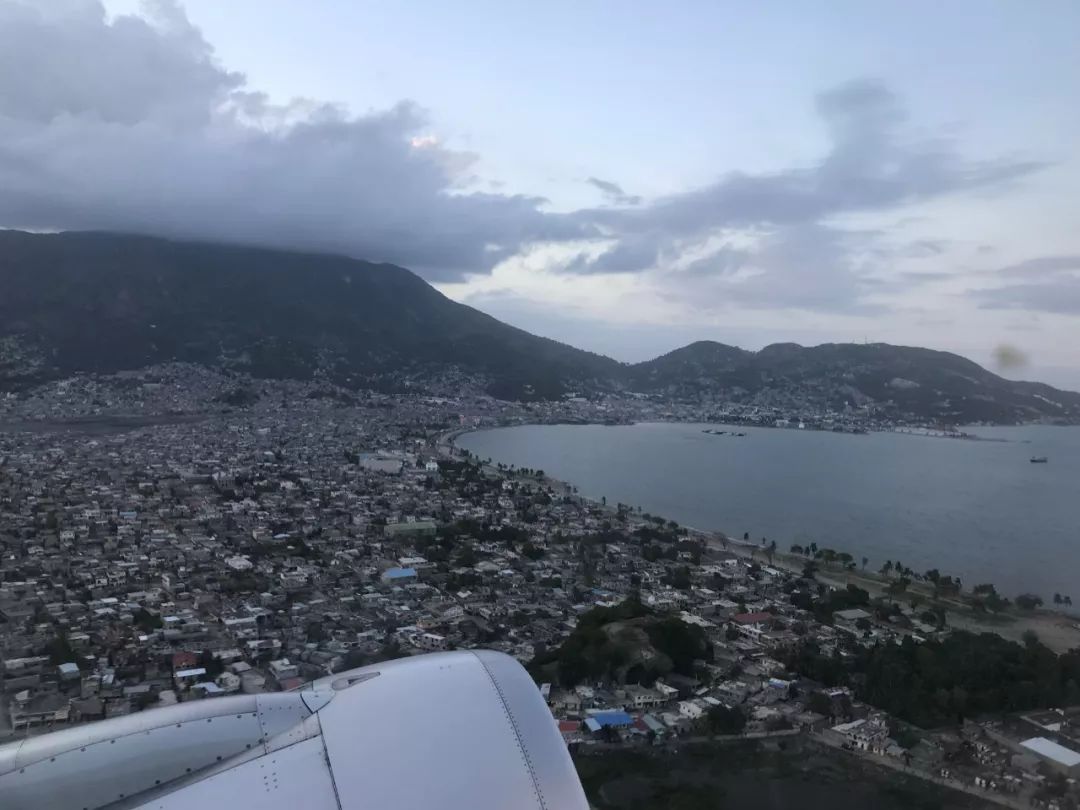
The labor force on the island was lost with the extinction of the Indians. The plantations and pastures in the west of the island were abandoned by Spanish landlords and became barren no man’s land. They gradually became strongholds for pirates from Britain, France, and the Netherlands. Eventually, there were more and more pirates and immigrants. In 1665, France declared that this area of Haiti was now a French colony, called “Saint-Domingue”. Spain could not defeat France, and more than a decade later, it accepted this fact. The eastern part of the island remained a Spanish colony which became the Dominican Republic. After the victory of the Black Revolution, as a tribute to the Taino Indians, leader Jean-Jacques Dessalines officially changed the name of Saint-Domingue after independence to Haiti.
2. The richest colony and the cruelest slave labor
Every time I set foot on this poor land and looked at the thin Haitian patients, I could not imagine that Haiti in the eighteenth century was the wealthiest colony in France and the world at that time. It was called the Jewel of the Antilles.
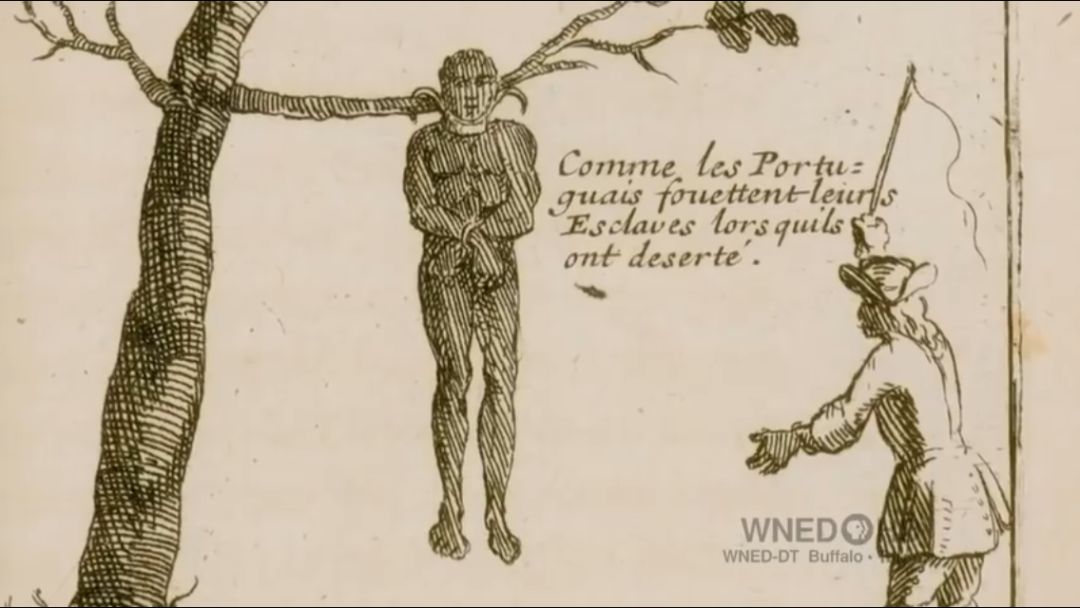
In the early days of colonization, there were not many residents in Haiti, and most of the white people on the island were indentured laborers. There were also slaves from Africa on the island. Whites and blacks usually worked side by side in the fields. At that time, sugar cane was in short supply in the world and the profitability of sugar cane was very high. Columbus brought sugar cane to Haiti on his second voyage. Planting and harvesting sugarcane requires a lot of labor. Starting in 1503, the French bought slaves from Africa one by one, and sugarcane gardens were cultivated. In 1726, due to the hot demand for coffee, coffee also began to grow in Haiti. France imported sugar, coffee, cocoa, tobacco, cotton, indigo dye and other exotic products from Haiti, refined and packaged them in France, and then sold them to all parts of Europe. In the second half of the eighteenth century, Haiti supplied 40% of Europe’s sugar and 60% of coffee, accounting for two-thirds of France’s total foreign trade, more than the combined trade of all British colonies at that time. In 1788, Haiti’s exports were 214 million francs, equivalent to half of France’s national income and more than the United States, which was many times larger.
The accumulation of this wealth was at the expense of excessive land reclamation, repeated planting of single crops, and the exploitation of the slaves, which laid the roots of soil erosion and slave uprisings in Haiti.
In order to squeeze more profits, French plantation owners carried out brutal enslavement of black Haitians. The average life span of a black slave in Haiti was only 5-7 years. This is one of the most important reasons leading to the black revolution. Compared with slave owners in the American South, Haitian slave owners were more ruthless to their slaves. The reason is that Haiti had developed shipping and transportation, and slaves were easy to transport, so it was cheaper; in the plantations in the South of the United States, the land was big with the fewer people, and the slave owners lived on their own farms, so they saw slaves working and living every day. In their eyes, slaves gradually became part of their large family. In the Caribbean, slaves could only live in slave areas. In the eyes of slave owners, they were just a number, a live animal. At that time, the cultivation industry in Haiti was booming and needed a large number of slaves to be added from Africa. By the French Revolution in 1789, Haiti had only 40,000 whites but 650,000 black slaves. The French system allowed some slaves to gain freedom through special work to increase productivity.
Freed slaves and 28,000 mixed-race children (white masters and slave women’s children) who were considered “colored people” (mulatto) were fairly equivalent in number to the white people. These free slaves could receive some education, run enterprises, own property, and act like the French. Because these people wanted to gain more freedom for themselves, they did a lot of lobbying for the liberation of slaves after the French Revolution which had an inspirational effect on the independence revolution , but in the later social order, they became the upper elite class. This imitation of the French became the symbol of these free people, and they learned the value of slave labor. This was also another important factor for the suffering in Haiti.
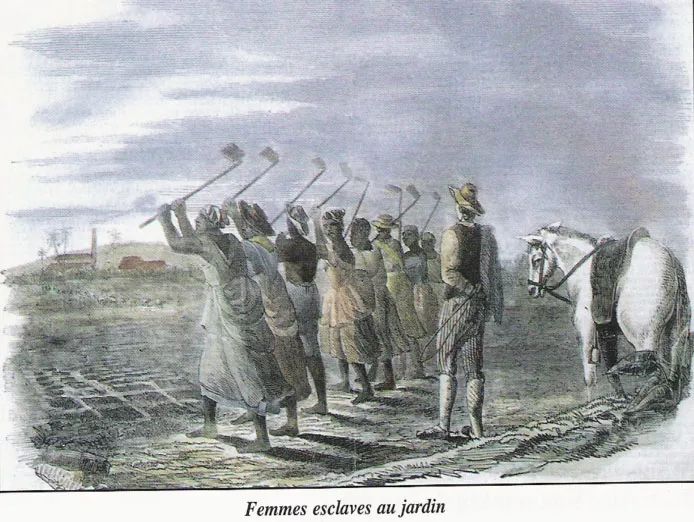
3. Haitian revolution for independence, a curse?
The earliest scattered information about Haiti comes from historical books. Because I like history, I read a lot of history books in college. Many years before I became a mission volunteering doctor, my family visited the Dominican Republic once. Before leaving, my wife asked me to learn about the Dominican Republic in advance. To understand the history of the Dominican Republic, we must also understand some of the geography and history of Haiti.
Many sufferings in the world are similar. Although China and Haiti are two different countries, they can be said to be completely different in terms of size, history and culture, but the suffering caused by the ultra-left ideology and ultra-nationalist political correctness are similar. After 1949, dozens of political campaigns, large and small, and political games with Western countries and the Soviet Union (CPSU) brought countless suffering to the Chinese people.
The Haitian Revolution took place from 1791 to 1804. It is praised as the only country in human history where a nation was founded by a slave uprising. Haiti is also the second independent regime in the Western Hemisphere (the first is the United States) and the first black republic in the world. The reason why the Haitian Revolution took place and succeeded at that time, I think, 1) it was a French colony, the French Revolution took place in 1789 in France, and not in other countries, and 2) the cruel oppression of slaves by slave owners. 3) France was at war with Britain at the time, and was a little overwhelmed with Haiti.
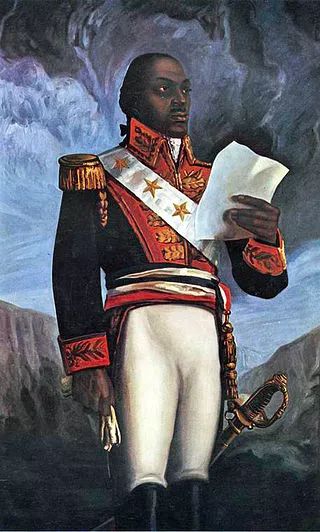
The process was first led by Toussaint L’Ouverture, one of the most outstanding black leaders, and began with a slave rebellion in a manor on August 21, 1791, on January 1, 1804. It was Jean-Jacques Dessalines who declared the independence of Haiti and who was originally a slave. It is worth mentioning here that Dessalin’s hatred and massacre of whites: after Haiti’s independence in January, Dessalin immediately gave a secret order: kill all whites in Haiti. In the beginning, only white men were killed, women were not. Later, a deputy of Dessaling said: “If white women are left, they will give birth to white children.” So, all the women were killed. From January to April in 1804, Haiti almost killed all whites, about 3,000 to 5,000. This is the “1804 Haiti Massacre.” The Haitian flag originally had white stripes. Because it was white, he ordered it to be stripped away (strip away all whites). Dessalin never concealed his massacre. In a manifesto in 1804, he called white people barbarians who cannibalize. He said: “For white people, it means to pay blood for blood and tooth for tooth.” Describing this period of history can better understand Haiti’s future plight, which is not unrelated to France’s subsequent revenge.
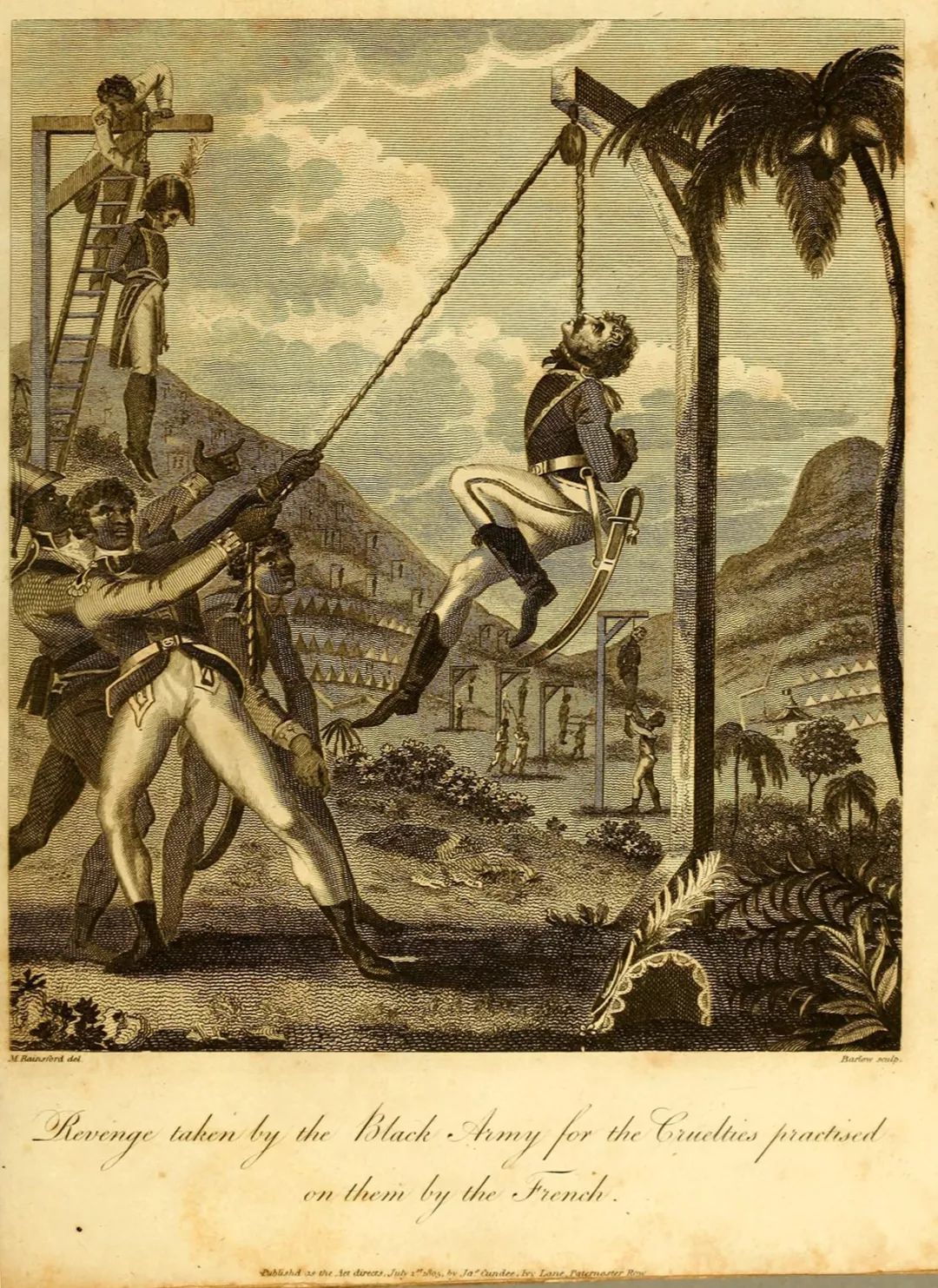
4. International Boycott, French debts and never missed opportunities
After the independence of Haiti, one-third of the population was lost. The wealth of Haiti was not in the hands of these poor blacks. There was no investment or foreign aid inside or outside the country, and no effective economic development could be achieved. After Dessalin came to power, he forced the blacks to return to work in the plantation. In contrast, many people of color became government officials and managers because only people of color could read. Things were not much different from slavery.
Although the blacks of Haiti were liberated in January 1804, the United States was still a country with slavery, as was England. Although France released Haitian slaves during the revolution, France and other European countries had slaves in Africa and Asia. The international community believed that the model of a free slave country in Haiti was a dangerous precedent. Thus began the international boycott and sanctions on Haitian goods and commerce, and its export-oriented economy was immediately paralyzed. The third president of the United States, Thomas Jefferson, was a slave owner himself and refused to recognize Haiti as a legal country. President Lincoln recognized its legal status by the United States 60 years later during the Civil War in 1862.
The United States and Napoleon, who came to power in France, tried to restore slavery in Haiti. Haiti’s successors very much hoped to be recognized by France and Europe. In 1825, France threatened to attack Haiti again and asked the new Haitian government to pay compensation for the land and slaves of the former slave owners, otherwise France would not recognize Haiti. Finally, in 1838, Haitian President Jean-Pierre Boyer accepted a debt of 150 million francs to pay this compensation. This debt has plagued the Haitian economy for more than 80 years, and it was not finally repaid until 1922. In order to repay debts, 80% of Haiti’s income was used to repay debts and almost all public schools were cancelled. This was disastrous for the long-term economic development of Haiti.
Haiti prohibited foreign investment and foreign property ownership, but foreigners were also afraid of Haiti after the slave uprising and were not interested in investing in this country.
In addition to the above direct reasons, we should also see that the world economic system has changed: Haiti’s agricultural products and slave trade were very important to the European economy in the last century, but with the development of the industrial revolution and free trade, Haiti had been left behind. Haiti, as an independent country, had no resources or foundation to welcome the new world order. It lacks natural resources suitable for industrialization, as well as lack of capital and skilled workers.
The hostility of the international community towards Haiti and the deliberate marginalization of her would mean that the industrial revolution will hardly reach Haiti. If one looked at Haiti in mid-1995, one would only see a small number of power services and telecommunications, and a few assembly plants. However, nearly 200 years after the Haitian Revolution and the main period after 150 years when the Industrial Revolution was active, Haiti is a country where the Industrial Revolution never came. After Dessalin ‘s death, Haiti was renamed the Republic. However, the political situation in Haiti has been turbulent, with one coup after another. In the hundred years from the independence of Haiti to 1915, nearly 90 rulers came to power one after another. Many rulers were assassinated and exiled. The economy was almost stagnant, chaotic, without framework changes and progress.
